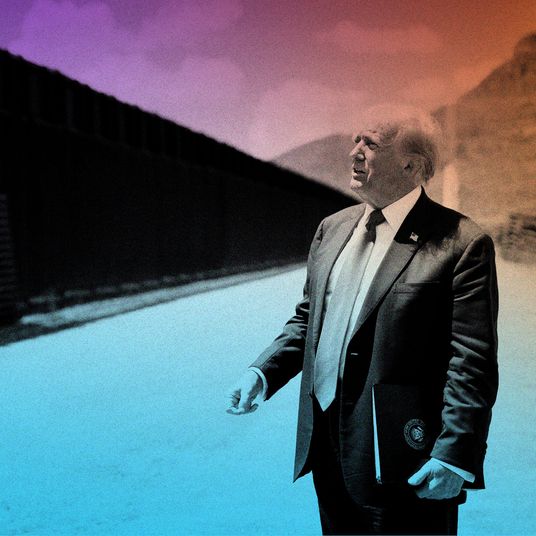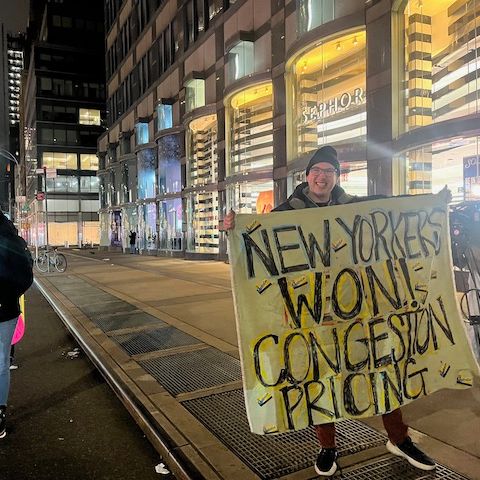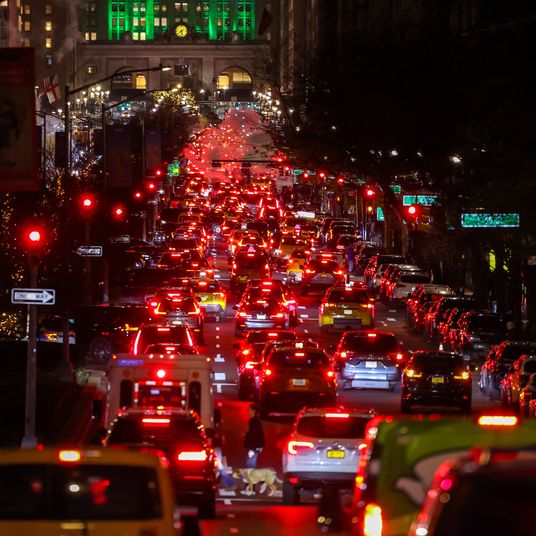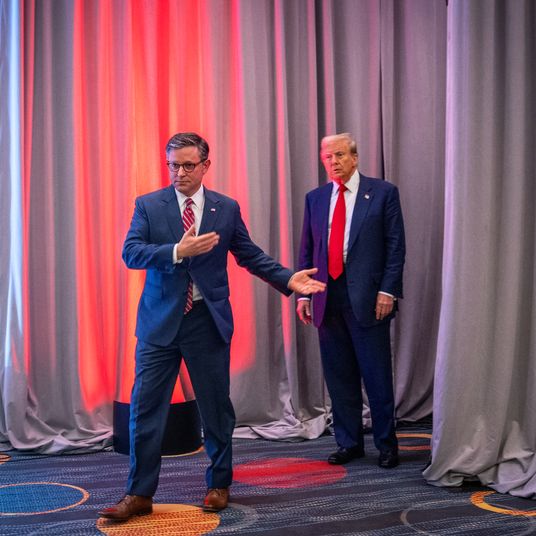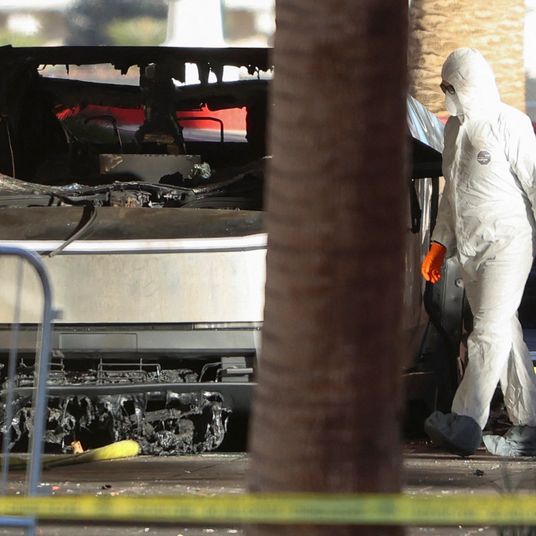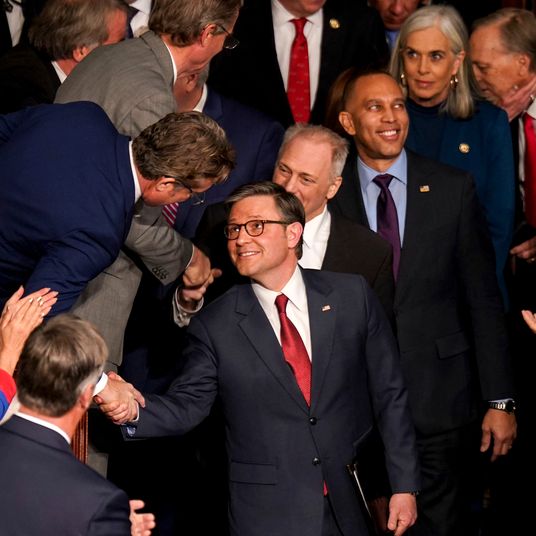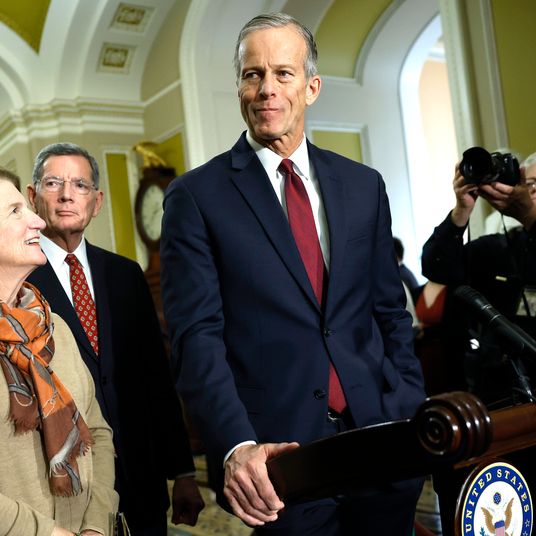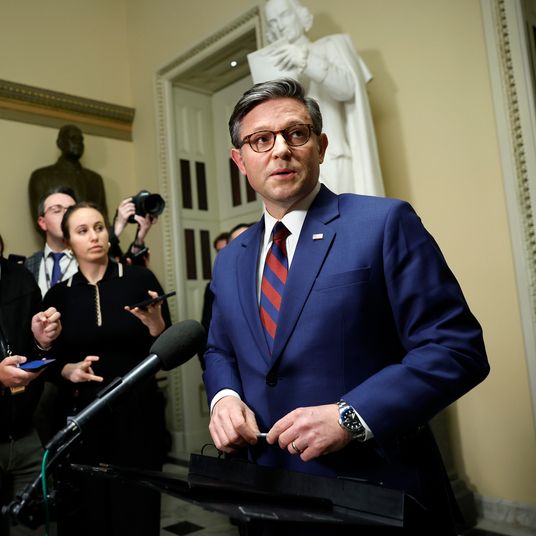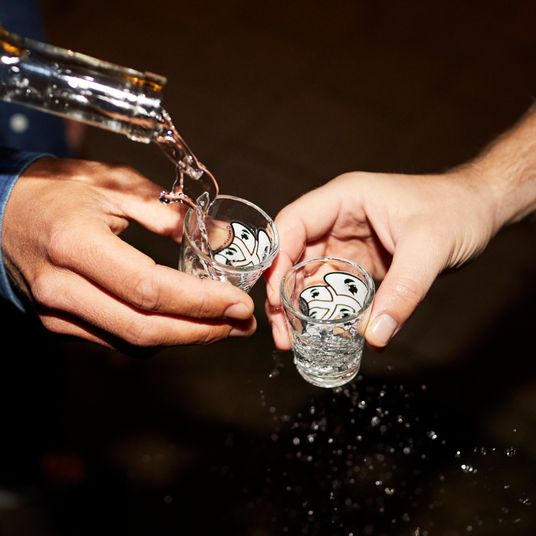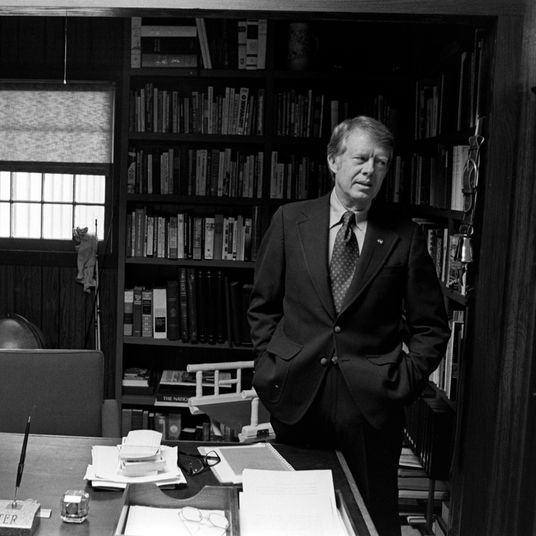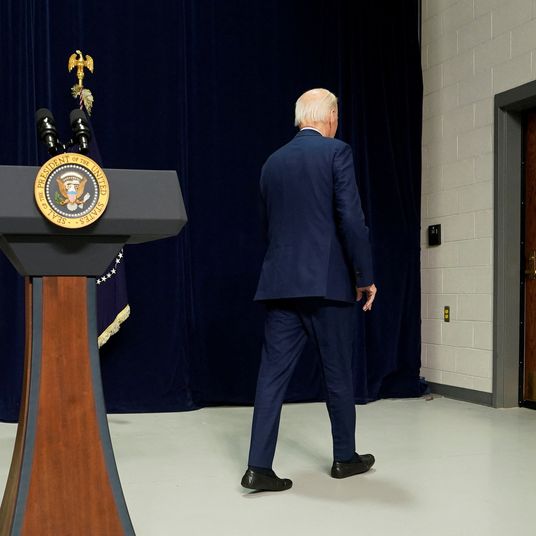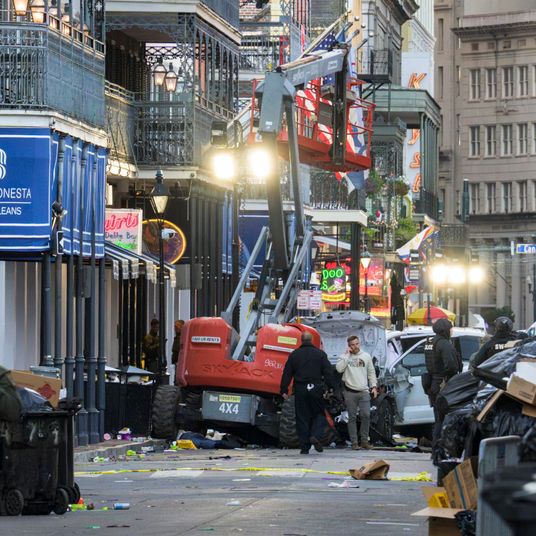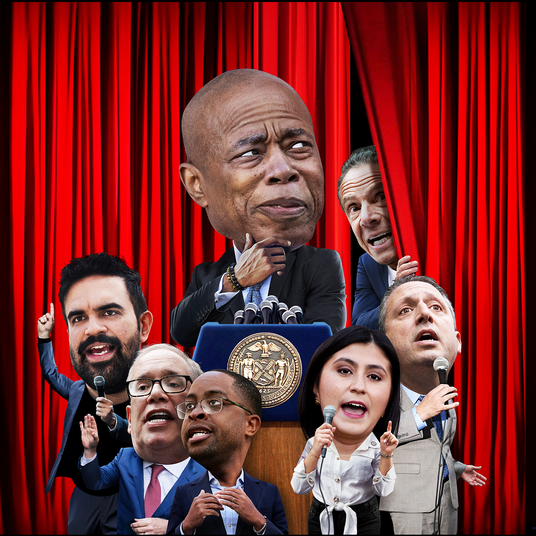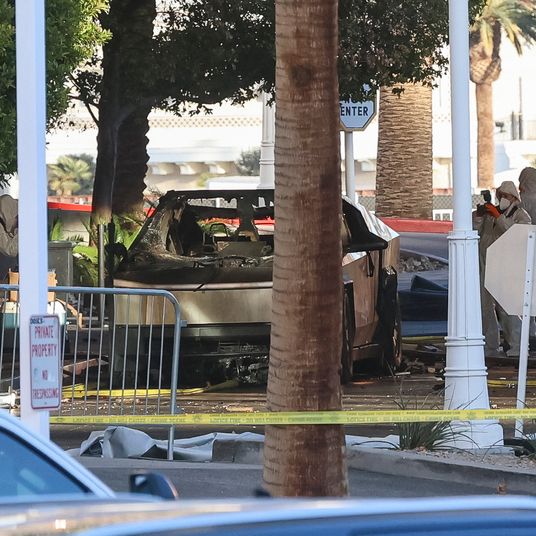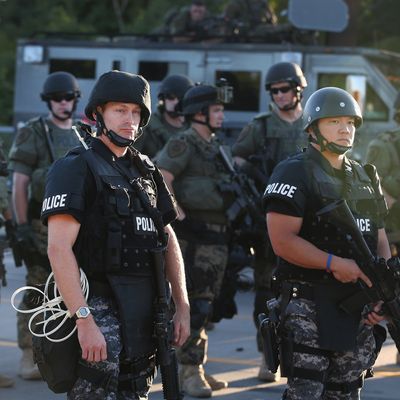
The story of Michael Brown’s death has in no small part been a story of police overreaction. The local force evidently killed an unarmed teenager, and then suited up as if going to war to police the generally peaceful protests that followed. And it’s revealed an irony: Over the past generation or so, we’ve militarized our police to protect a public that has broadly become less and less violent.
It all starts back in 1990, a time when the country found itself with less demand for military equipment abroad and new use for it back home. Within our shores, the drug wars were escalating; gang violence was surging; and sociologists were warning of sociopathic child “superpredators.” At the same time, the military was starting to shrink as the Cold War ended. Put two and two together and you get the 1033 program, which transferred assets from the military to the police. (Here’s a capsule history.)
A bigger flush of money and equipment followed in the wake of the September 11 attacks, the Times reports, when the federal government equipped local police outfits to be the front line of the Global War on Terror:
Department of Homeland Security grant money paid for the $360,000 Bearcat armored truck on patrol in Ferguson, said Nick Gragnani, executive director of St. Louis Area Regional Response System, which administers such grants for the St. Louis area.
Since 2003, the group has spent $9.4 million on equipment for the police in St. Louis County. That includes $3.6 million for two helicopters, plus the Bearcat, other vehicles and night vision equipment. Most of the body armor worn by officers responding to the Ferguson protests was paid for with federal money, Mr. Gragnani said.
“The focus is terrorism, but it’s allowed to do a crossover for other types of responses,” he said. “It’s for any type of civil unrest. We went by the grant guidance. There was no restriction put on that by the federal government.”
But here’s the thing. Since 1990, according to Department of Justice statistics, the United States has become a vastly safer place, at least in terms of violent crime. (Drug crime follows somewhat different trends, though drug use has been dropping over the same time period.) The number of murders dropped to 14,827 in 2012 from 23,438 in 1990. The number of rapes has plummeted to 84,376 from 102,555. The number of robberies, motor-vehicle thefts, assaults — all have seen similarly large declines. And the number of incidents has dropped even though the country has grown.
That’s also true in the state of Missouri. The state’s population has grown by about 1 million residents since the early 1990s, to 6 million. But the number of violent crimes has decreased to 27,155 from 36,602. The number of robberies has collapsed in half. The number of murders and non-negligent manslaughters has dropped from a high of 590 in 1993 to 389 in 2012.
And there’s no evidence that giving police officers the weapons of war has had anything to do with that decline in crime, either, with researchers pegging it to a combination of factors, among them the removal of lead from paint and gasoline, an increase in abortion rates, and improved policing methods.
Of course, the government intended all that heavy artillery to be used primarily in the war on drugs and the war on terror. But we have plenty of instances of the police using it at other times, like during peaceful protests or barbershop raids:
During the Obama administration, according to Pentagon data, police departments have received tens of thousands of machine guns; nearly 200,000 ammunition magazines; thousands of pieces of camouflage and night-vision equipment; and hundreds of silencers, armored cars and aircraft.
The equipment has been added to the armories of police departments that already look and act like military units. Police SWAT teams are now deployed tens of thousands of times each year, increasingly for routine jobs. Masked, heavily armed police officers in Louisiana raided a nightclub in 2006 as part of a liquor inspection. In Florida in 2010, officers in SWAT gear and with guns drawn carried out raids on barbershops that mostly led only to charges of “barbering without a license.”
There’s now a bipartisan movement to demilitarize the police. But it’s worth remembering that there’s defense money on the line. In June, the House failed to pass a partial defunding of the 1033 program. On aggregate, the members who voted against the measure received 73 percent more money from defense lobbyists than the representatives who voted for it.





